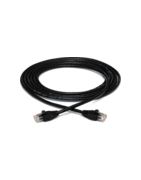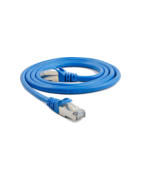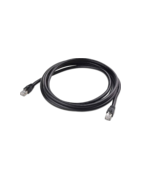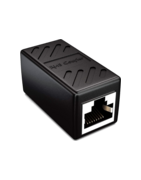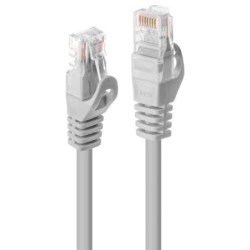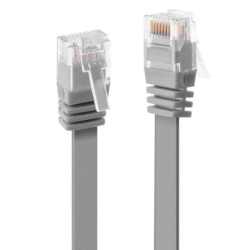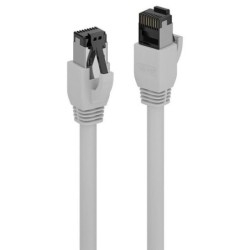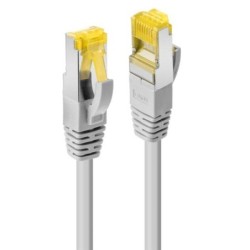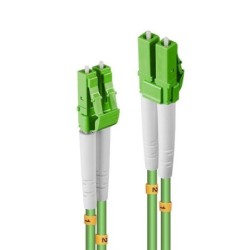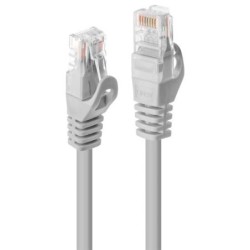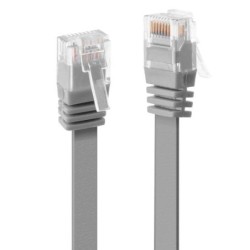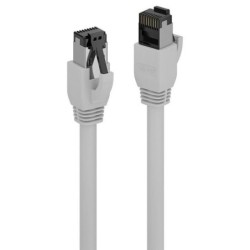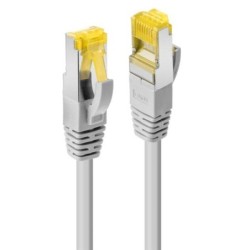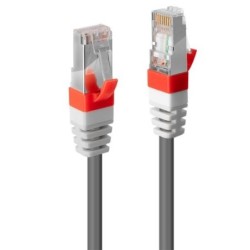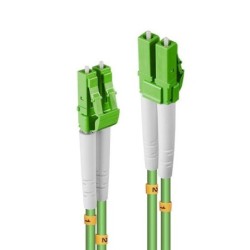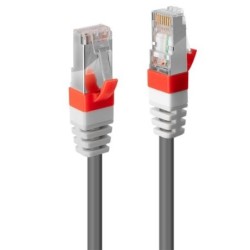Network

Subcategories
-
Cat.5e
A Cat5e Ethernet cable is a type of network cable used for connecting devices in a computer network, like computers, printers, and routers, to the internet. It's an enhanced version of the older Cat5 cable and is commonly used in home and small business networks. Cat5e cables support Gigabit Ethernet speeds (1000 Mbps or 1 Gbps). -
Cat.6
A Cat6 Ethernet cable is a data cable designed for high-speed data transmission over long distances, typically 10 Gbps at up to 55 meters. It's a twisted-pair cable, meaning it uses pairs of wires twisted together to minimize interference and improve signal quality. Cat6 cables are backward compatible with older standards like Cat5 and Cat5e, but offer significantly improved performance, bandwidth, and noise reduction. -
Cat.6a
A Category 6A (Cat6A) Ethernet cable is an enhanced version of Cat6, designed to support high-speed applications like 10 Gigabit Ethernet. It offers greater bandwidth and enhanced performance compared to Cat5e and Cat6 cables, making it suitable for demanding networks and applications. -
Cat.7
A Cat7 Ethernet cable is a type of high-speed data transfer patch cable designed for 10 Gbps Ethernet connections. It's characterized by stringent specifications, advanced shielding, and support for 600 MHz frequencies, which allows for faster and more reliable data transmission than older standards like Cat6. -
Cat.8.1
A Cat8 Ethernet cable is the newest and fastest copper-based Ethernet cable standard, designed for high-speed data transfer. It supports data transfer rates of up to 40 Gbps and bandwidths up to 2000 MHz, making it suitable for advanced networking and high-performance applications like data centers and video streaming. -
Adapters & Couplers
-
Fibre Optic
A variety of optical fiber connectors are available, but most common are SC (Subscriber Connector) and LC (Lucent Connector). Typical connectors are rated for 500–1,000 mating cycles. SC connectors are widely used due to their reliability and proven track record, while LC connectors are popular for their smaller size and ability to fit into high-density environments.

